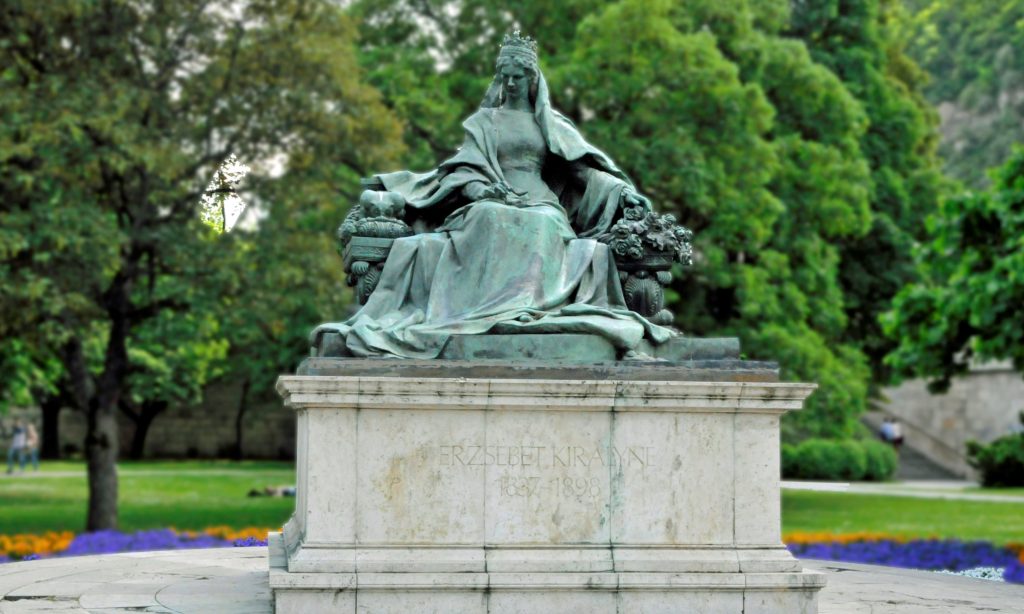
Most visitors to Austria and Hungary soon learn about Elisabeth, the beautiful and troubled Empress of Austria and Queen of Hungary widely known as Sisi.
Elisabeth Amalie Eugenie was born in Munich in 1837 to a Bavarian Duke and his wife. She had received little formal education when, unknown at age 15, the five-foot eight-inch Sisi caught the eye of Franz Joseph I, the 23-year-old Emperor of Austria and King of Hungary. Engaged five days after their meeting, they married eight months later in Vienna. The royal court began distributing paintings and busts of the carefree and energetic young queen, claiming that she was the most beautiful woman in Europe. Sisi took this claim seriously, with courtesans spending up to two hours a day arranging her ankle length dark hair. She reduced her natural 18-inch waist using an imported leather corset that took an hour to lace up. Her ballroom gown with a 16-inch waist is on display at the Schönbrunn Palace in Vienna. Despite having four children in rapid succession, she maintained her weight by fasting and constant exercise, weighing herself at least three times a day.
Sisi hated the restricted life in the palace and went on long trips, often to Hungary, which she adored. When her two-year-old daughter Sophie died in 1857, she entered a period of depression from which she never fully recovered. The depression deepened in 1889 when Crown Prince Rudolf, her only son, died in a suicide pact with his mistress. As Sisi’s beauty faded with age, she avoided public appearances, often traveling incognito. On one such visit to Lake Geneva, Switzerland, in 1898, an anarchist recognized her and stabbed her to death. Monuments to Sisi soon began appearing all over Europe. One of the most impressive is near a bridge in Budapest named in her honor.
Comments are closed.